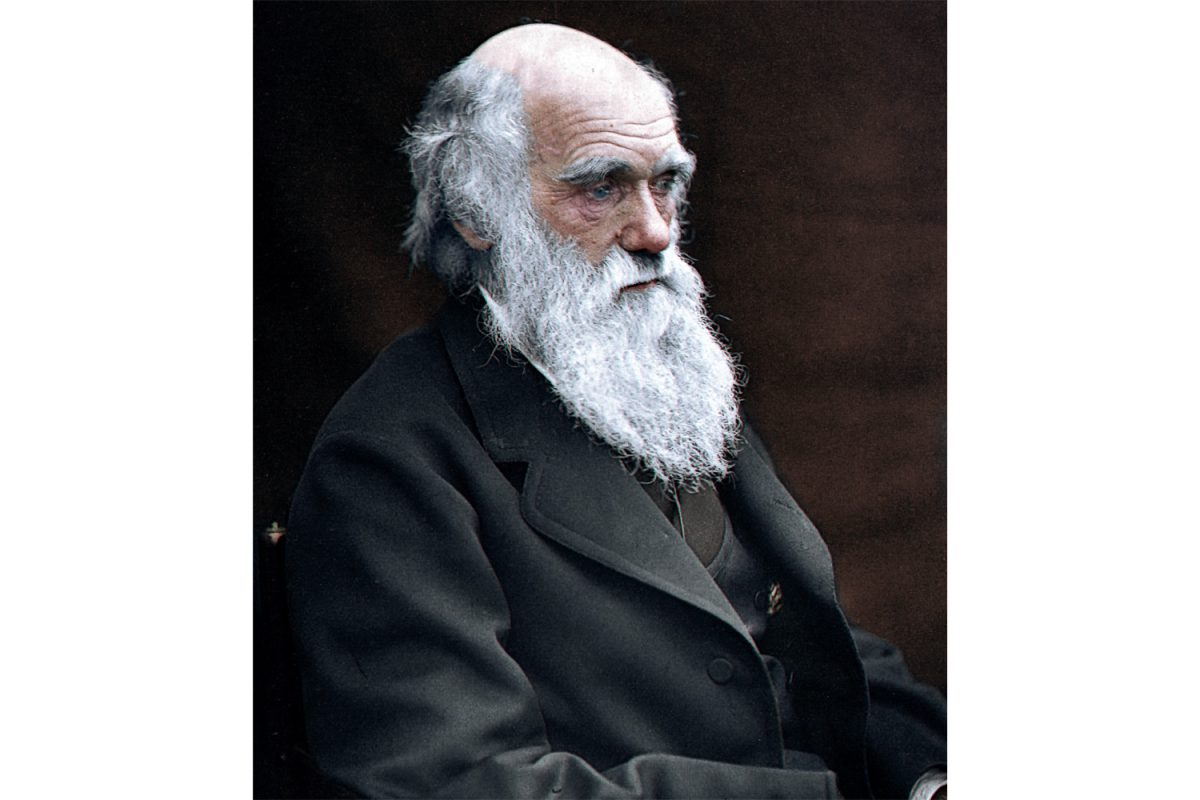The northeast section of Iowa City is known as Goosetown, once a mostly Czech neighborhood distinguished by the geese that would waddle in a gaggle to the market. The southeast section of town was once home to jewelry and glove factories. And the Oakdale Research Park? Roughly a century ago, it was a tuberculosis sanitarium.
These three nuggets are just a smattering of Iowa City’s history. The Johnson County Historical Society will display facts such as these when the Community Stories Project opens Saturday at 860 Quarry Road, Coralville.
Wendy Henerlau, the community and special-events coordinator for the historical society, said the project was a way to expose every hamlet and city in the county, from Windham to Iowa City.
Windham, by the way, was planned as a 12-block city to accommodate the coming railroad, but the original idea was scrapped when the railroad ran through Oxford instead. Today, Windham is a one-road town.
“We wanted to show that Johnson County isn’t just Iowa City and Coralville,” Henerlau said. “We are a county historical society.”
The Community Stories Project is an exhibit several years in the making, she said. The organization had the desire but not the assets to make its dream tangible, but funding from the Iowa Community Cultural Grant Program allowed the society to add her position and make the idea reality.
Even then, Henerlau said, she had to think creatively to get to the roots of some communities.
“In Shueyville, I didn’t have any contacts, so the first thing I did in that town was walk through the cemetery to find names that came up again and again,” she said.
A certain last name in particular — Bowersox — led her to the house previously owned by one of the Shueyville’s original settlers.
Through oral histories and phone conversations, the society has recreated each town’s flavor by showcasing daily life and major events for its residents.
“It’s a little misleading with the word ‘stories’ in the project,” Henerlau said. “We’re using the broader sense of story. It’s more like, ‘How are you connected to this town? How do you feel about this town?’ It’s a story in the emotional and historical sense.”
The exhibit will feature a computer-generated slide for each of the county’s 18 cities and towns, along with a separate screen devoted to Johnson County’s roughly 40 ghost towns. The slides offer basic information including how each town was founded, significant residents, and churches include elements that make each area distinct.
While Henerlau hails from the West Coast, she said she fell in love with Iowa after moving to the state in 1998. Visiting each town and meeting its dwellers kept her enthusiastic about the project.
“One of the things I’ve noticed is that every town has a certain personality,” she said. “There’s a real variety of the feels of different towns, and that has kept me from making the generalization that rural towns are all one certain way.”






